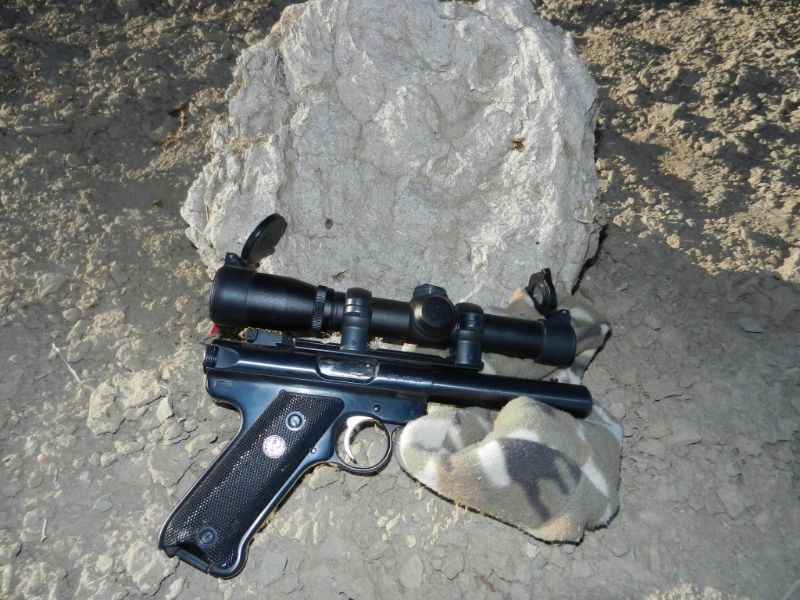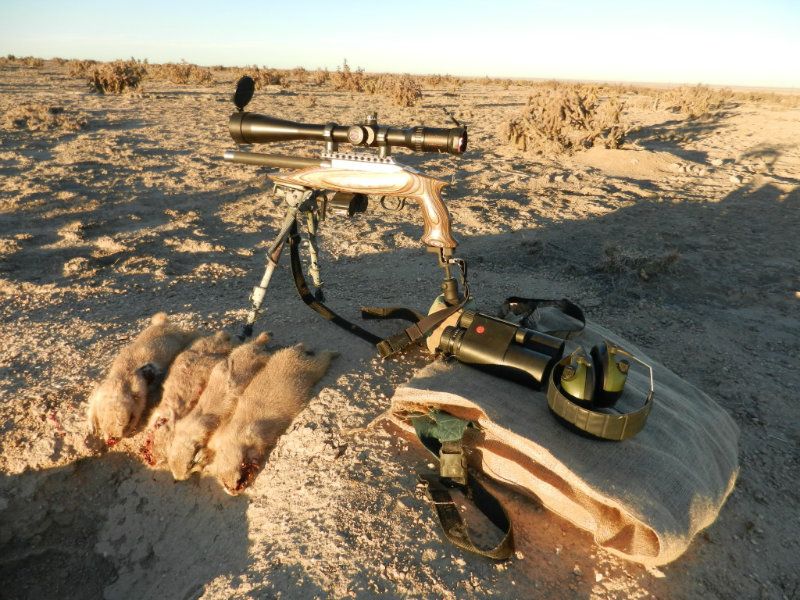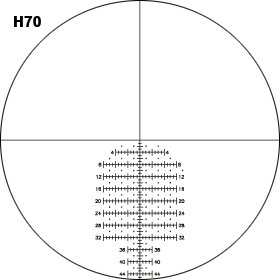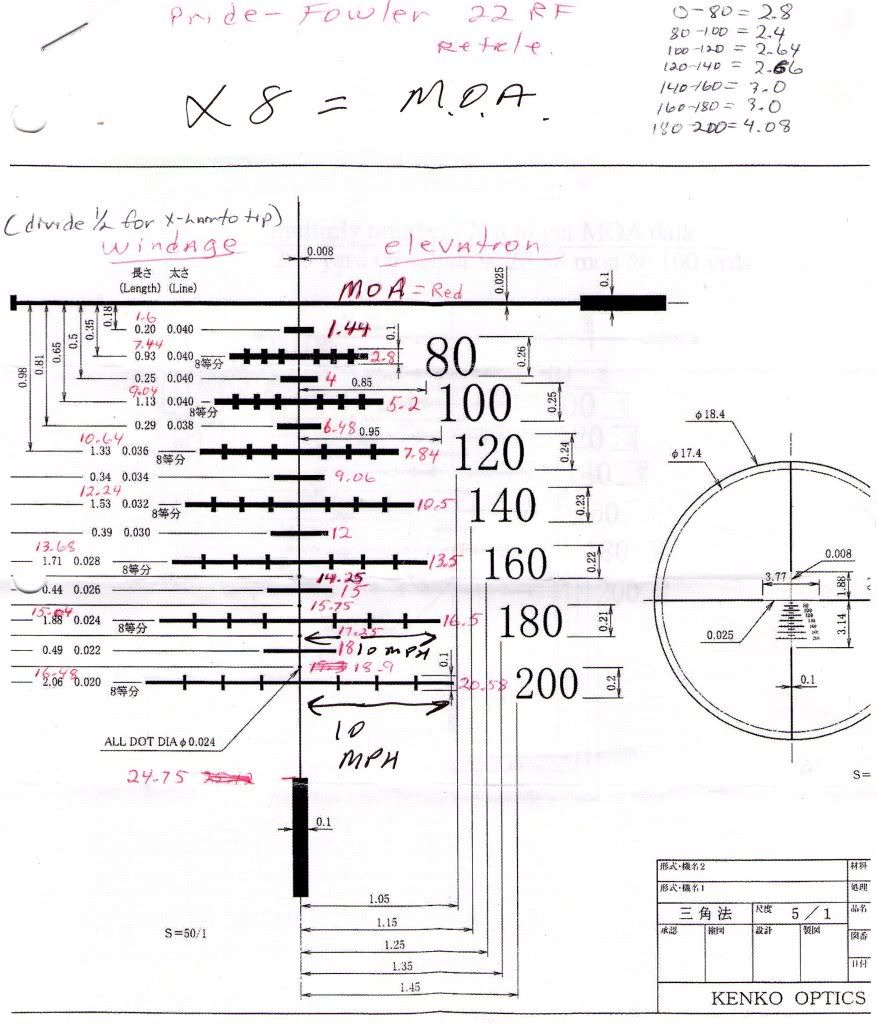I am running the velocitors because anything slower and I cant get the 600 yrd gong in my scope even on 4 power.
Join the Hide community
Get access to live stream, lessons, the post exchange, and chat with other snipers.
Register
Download Gravity Ballistics
Get help to accurately calculate and scope your sniper rifle using real shooting data.

Install the app
How to install the app on iOS
Follow along with the video below to see how to install our site as a web app on your home screen.
Note: This feature may not be available in some browsers.
You are using an out of date browser. It may not display this or other websites correctly.
You should upgrade or use an alternative browser.
You should upgrade or use an alternative browser.
long range .22 lr
- Thread starter RUMrunner
- Start date
-
- Tags
- long range rimfire
here's a picture i drew. it's surprising how many people overlook this idea. hope it helps!

I tried to explain this to my instructor in the CST gunsmithing school after he told us that the reason for bullets to rise and dip in a scope is because they are not at their maximum velocity yet upon exiting the barrel and actually pick up speed and rise. His solution was to get in my face and yell that he is the instructor and the one teaching and that I should keep my mouth shut during his class. Wasn't the first time I tried to correct his bat shit backwards physics explanation. His explanation about why bullets hit high on long range uphill shots was a hoot too.
I tried to explain this to my instructor in the CST gunsmithing school after he told us that the reason for bullets to rise and dip in a scope is because they are not at their maximum velocity yet upon exiting the barrel and actually pick up speed and rise. His solution was to get in my face and yell that he is the instructor and the one teaching and that I should keep my mouth shut during his class. Wasn't the first time I tried to correct his bat shit backwards physics explanation. His explanation about why bullets hit high on long range uphill shots was a hoot too.
I was helping with a gun safety class and the guy was saying the same thing! not completely understanding this is one thing, though it's pretty easy. but to actuallythink a bullet is gaining velocity after having left the barrel blows my mind
The bullet crosses the line of sight because the barrel is pointed up in relation to line of sight in the scope. The force of gravity affects it and makes it drop the instant it comes out of the muzzle.
Not sure if I worded that correctly but you get the idea.
Not sure if I worded that correctly but you get the idea.
Last edited:
Forget the rifles--handguns are more fun...
Most 2X pistol scopes have 130-150 MOA of turret travel in them. Here's a 2X Barska on a Ruger Mk III Tgt. that's been maximized with Burris Signature rings/shim to net me about 120 MOA of useable UP.
200 yds. 15 mph x-wind, required 25MOA UP and ~15 MOA of windage (right at the plex post tip that subtends 14 MOA). Hit 4-6 times out of 10 shots.--

Magnum Research Picuda/Horus Vision Predator. This will hit some 200-yd. prairie dogs on the 1st shot even in some wind, and come scary close to 300 yarders on the 1st shot sometimes. Once again maximized via Burris Signatures to take full advantage of the 75 MOA reticle/30 MOA useable turret adjustment--


Ruger Charger/Kidd barrel/3-9x PFI Rapid Reticle scope nets me ~400 yds.--



Most 2X pistol scopes have 130-150 MOA of turret travel in them. Here's a 2X Barska on a Ruger Mk III Tgt. that's been maximized with Burris Signature rings/shim to net me about 120 MOA of useable UP.
200 yds. 15 mph x-wind, required 25MOA UP and ~15 MOA of windage (right at the plex post tip that subtends 14 MOA). Hit 4-6 times out of 10 shots.--

Magnum Research Picuda/Horus Vision Predator. This will hit some 200-yd. prairie dogs on the 1st shot even in some wind, and come scary close to 300 yarders on the 1st shot sometimes. Once again maximized via Burris Signatures to take full advantage of the 75 MOA reticle/30 MOA useable turret adjustment--


Ruger Charger/Kidd barrel/3-9x PFI Rapid Reticle scope nets me ~400 yds.--



Last edited:
Ok I finally shot 300 and 315 yards last Saturday. I will not change my original opinion.
I like the pistols SScoyote, I used to shoot IHMSA, so I can appreciate your rigs and their potential.
I shot some pretty good groups the other day at 300 and 315, BUT the wind was playing hell. There may be a few men who can watch the johnson grass lay down and sway in the breeze, to make a 1st round hit at 315 with a 22lr but I suspect they are few and far between. Yes I dialed in really quick and was consistent as long as conditions would last.
I was impressed at the accuracy but contend still it is merely a stunt.
There are many who claim all kind of impressive stuff at 300+ with bargain bin ammo, High vel stuff, and lower priced rifles. I was shooting an MPR, MK4 16x, and a great lot # of Center X. Frankly fellas some of the stuff that I have heard is pretty hard to believe. If half of it is true I should sell my Annie and my Center X and buy a cheaper rig.
I like the pistols SScoyote, I used to shoot IHMSA, so I can appreciate your rigs and their potential.
I shot some pretty good groups the other day at 300 and 315, BUT the wind was playing hell. There may be a few men who can watch the johnson grass lay down and sway in the breeze, to make a 1st round hit at 315 with a 22lr but I suspect they are few and far between. Yes I dialed in really quick and was consistent as long as conditions would last.
I was impressed at the accuracy but contend still it is merely a stunt.
There are many who claim all kind of impressive stuff at 300+ with bargain bin ammo, High vel stuff, and lower priced rifles. I was shooting an MPR, MK4 16x, and a great lot # of Center X. Frankly fellas some of the stuff that I have heard is pretty hard to believe. If half of it is true I should sell my Annie and my Center X and buy a cheaper rig.
Not sure what you were shooting but as I have posted before. To shoot at 300+ with any accuracy with a .22LR, you are going to need a gun "capable" (did not say all the time, just capable) of sub MOA at 100. Otherwise, like you said, it will be all over the place.
rather impressed by the long range pistols i must say. My pistol shooting skills leave something to be desired.
rather impressed by the long range pistols i must say. My pistol shooting skills leave something to be desired.
Thks RUM--of course i wish i could claim that sort of unsupported shooting skill, but these shots were all supported in some manner.Honestly i don't know why these kinda' shots are made often enough to make it "viable", but it sure seems to work often enough, but i wouldn't even dream of shooting groups at those ranges. It is fun though. Here's a couple long-range pistol 1st shots that i got on video though--
Long Range Ruger Charger Pt 5 of 6-235 yd. coke can - YouTube
Pt I) 1st-Shot Ruger Mk III/2X Barska at 225 yds. [not 200] - YouTube
Pt. II) 300-Yd. 1st-Shot Monster Can/Ruger Mk III/2x Barska - YouTube
We stretched my Savage MkII FV-SR out to 375 yards this past weekend. What a riot. After getting a feel for drop and windage (8-12mph crosswind) we were making hits on a 12" gong. Kinda cool to hear that ping at that distance with a .22lr. All hits confirmed by EZnuts.
Some here are talking about angular math applications for their shots. Here's one that was memorable--

This was a shot i made at 100 yds. on the 2nd attempt. It was with the Barska 2x. The plex reticle in that optic subtends 15 MOA to lower post tip. This piece of shale rock was laying on the side of a dirt bank. It just looked like an inviting target so i decided to try a shot at it. I knew that with a 50-yd. zero it would require 6 MOA compensation for 100 yds. But i didn't want to dial it--i wanted to use the reticle to see if i could break down the 15 MOA plex unit interpolatively. But i didn't know where to aim for 6 MOA. But when i got to thinking about it i knew that 4 x 1.5 = 6, so that should mean that .4 x 15 = 6. So that meant that i should aim 40% (or .4) of the plex unit down for 6 MOA. So i get setup sitting in a stadium seat with pistol between my legs. I put the rock at .4 down the plex unit and fired. I couldn't see the impact of course but thought to try again since i knew the calc was right, so sure enough at the 2nd shot i heard the bullet impact, and 2 pieces rolled down the bank. Sure enough when i walked up there were the 2 pieces you see above just laying there. Talk about rewarding--that was one rewarding calculated "long-range" shot i tell you. Not extremely long but fun applied angular mathematics.

This was a shot i made at 100 yds. on the 2nd attempt. It was with the Barska 2x. The plex reticle in that optic subtends 15 MOA to lower post tip. This piece of shale rock was laying on the side of a dirt bank. It just looked like an inviting target so i decided to try a shot at it. I knew that with a 50-yd. zero it would require 6 MOA compensation for 100 yds. But i didn't want to dial it--i wanted to use the reticle to see if i could break down the 15 MOA plex unit interpolatively. But i didn't know where to aim for 6 MOA. But when i got to thinking about it i knew that 4 x 1.5 = 6, so that should mean that .4 x 15 = 6. So that meant that i should aim 40% (or .4) of the plex unit down for 6 MOA. So i get setup sitting in a stadium seat with pistol between my legs. I put the rock at .4 down the plex unit and fired. I couldn't see the impact of course but thought to try again since i knew the calc was right, so sure enough at the 2nd shot i heard the bullet impact, and 2 pieces rolled down the bank. Sure enough when i walked up there were the 2 pieces you see above just laying there. Talk about rewarding--that was one rewarding calculated "long-range" shot i tell you. Not extremely long but fun applied angular mathematics.
Last edited:
Another rewarding angular shot calculation was when i 1st sighted this gun in with the Barska. I had boresighted it at home with a Bushnell Grid Boresighter and knew i would be easily close enough to hit the 50-yd. steel plate we have at the local range. When i fired the 1st shot i noted that the impact point was 1 plex unit up and left from my aiming point (15 MOA or ~7.5" at 50 yds.). But seeing as how i was using my reticle as an angular measuring device i didn't need to know that it was 7.5" at 50 yds. Since the turret is marked in .5 MOA units all i needed to do was go 15 MOA down and right. The very next shot nailed the 1" bolt head that holds the steel to the frame. Once again fun with mathematics. Understanding this anglar system of reference adds tremendously to the efficiency of applying reticles and turrets in the field, IMO.
Last edited:
Similar threads
- Replies
- 0
- Views
- 286
- Replies
- 1
- Views
- 96
- Replies
- 0
- Views
- 1K
- Replies
- 0
- Views
- 280
